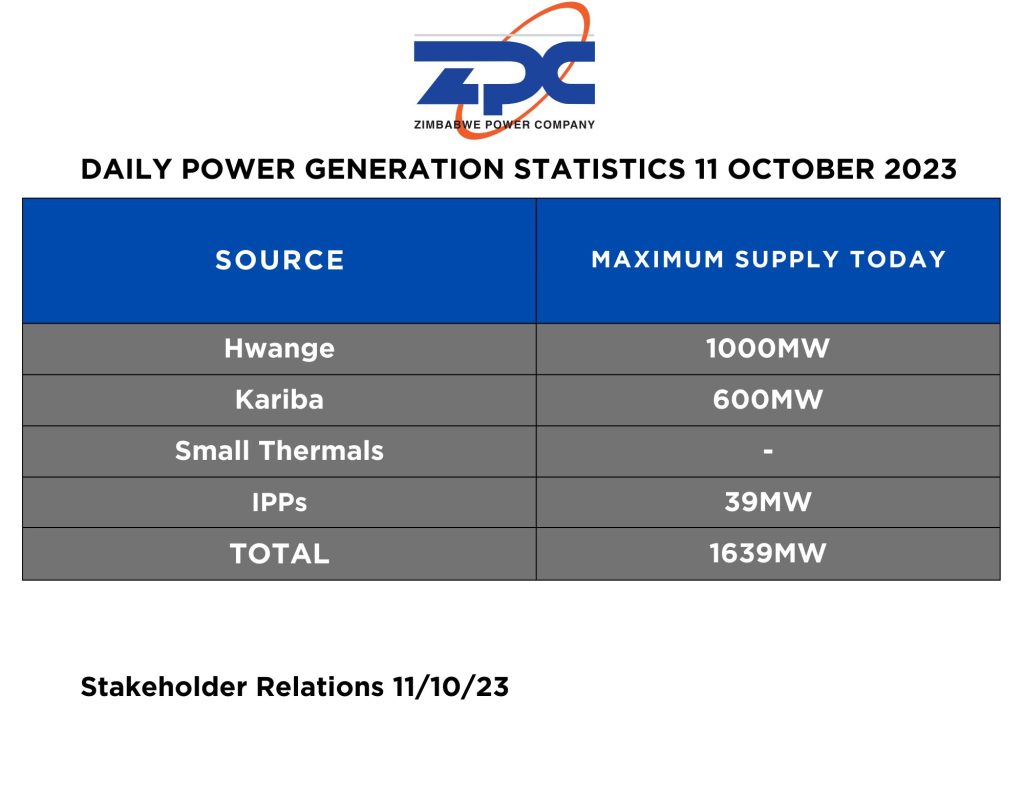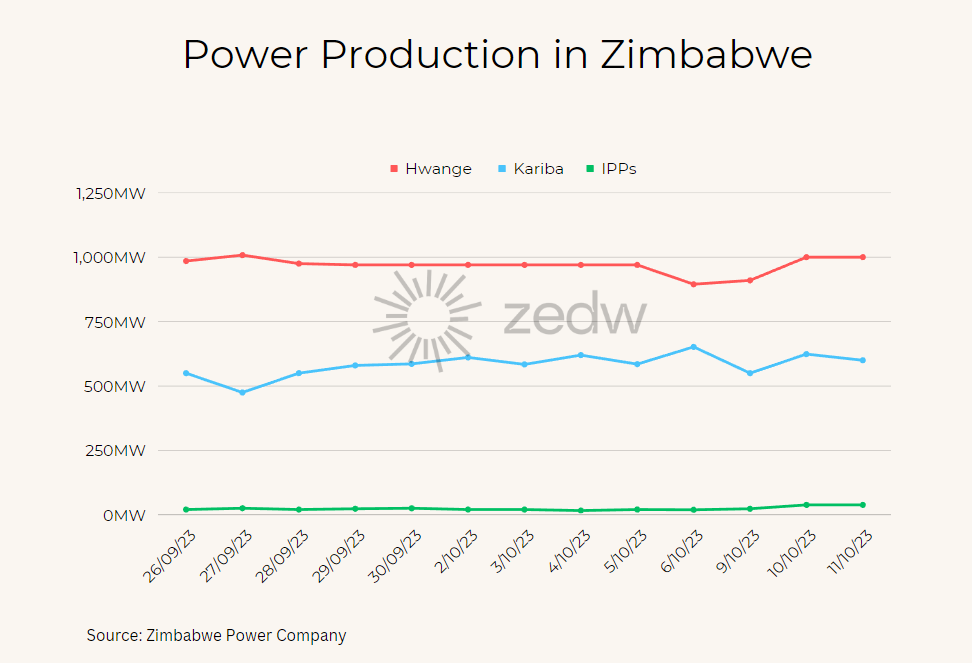State utility, Zimbabwe Electricity Supply Authority (ZESA), says it intends to increase its tariffs, for them to meet the current electricity production and maintenance costs. The proposed increase is $0.02 per kilowatt-hour (kWh) on the current tariff. The tariff of US2 cents/kWh translates to about $147 in local currency. Currently, Zesa electricity tariffs are at least $137 per/kWh.
The power utility says this review was necessitated by the need to generate revenue for service provision, covering expenses for electricity purchase, operations and maintenance, regulatory costs, research and development, and general administration.
Literally to keep the lights on.
Pragmatists will agree that this is a step in the right direction, as it seemed unsustainable to have such low tariffs. The move, although small, will allow ZESA to be able to import power, to supplement what is produced locally.
If we are to see improvements in electricity supply, then people have to pay for it. Zesa is grappling to meet a growing electricity demand fuelled by a mining economy which is targeting $12bn annual production by 2023.
With an installed capacity of 2,342 MW comprising 55% thermal and 45% hydro energy, the country is unable to utilise its capacity due to limited access to water and fuel as well as ageing equipment.
The latest stats show that Zimbabwe is producing about 1639 MW against a demand of 2000 MW, which is not so bad. However, to keep up with this trend Zim needs to take bold steps.

The energy situation got so bad and worsened late last year when the main electricity source, a hydro plant at the giant Kariba Dam in the north, suffered low water levels caused by recurring droughts.
However, the situation improved after the commissioning of new units in Hwange. The situation had gone so bad that the country witnessed 16 hours of load shedding, while capacity utilization in industries dropped as a result of erratic power supply.
The power company will also implement internal measures to improve efficiency and revenue collection while reducing system losses, including completing a prepaid metering program, installing smart meters, and moving medium and large power users to prepayment. This will also ensure that intensive power users will be billed for the exact amount of electricity they use, instead of estimates.
Other measures include automating manual processes, network reinforcement and rehabilitation, decommissioning and repurposing of Small Thermals, and completing the construction of transmission lines and substations to evacuate power from Hwange 7 & 8 projects totalling 600 MW.
The latest proposed tariff increase brings back to the public spotlight conversation about what needs to be done for Zimbabwe to be energy-sufficient.
Sustainable power generation
We can’t talk about sustainable electricity generation without thinking about investing in renewable energy sources. I’m talking at a national scale. Zimbabwe needs to take advantage of the amount of sunlight it gets for electricity generation. Solar energy seems like a perfect choice for a nation struggling with energy shortages and environmental issues because it receives enough sunlight throughout the year.
Zimbabwe has an average solar irradiation of 20MJ per square metre per day and 3,000 hours of sunshine per year. Investing in solar plants that can feed into the grid won’t be so bad.
There is also a need to promote households going off the grid to reduce pressure off the national grid. Although the cost of solar panels and related technology has decreased over time, the initial outlay is still a substantial barrier for both homes and businesses. Securing funding for solar installations can be difficult in a nation where economic hardship is common.
According to Solar Quater, an energy blog, the development of the solar business has been hampered by the absence of a thorough and reliable regulatory structure. Investors and developers may be put off by inconsistent policies and frequently changing regulations, which can obstruct long-term commitment and planning. For the industry to prosper and inspire confidence in both domestic and foreign investors, a transparent and well-defined regulatory environment is essential.
However, the central government needs to be deliberate and incentivise the use of solar power significantly.
This will mean the government will only worry about providing electricity to the productive sector.
Need to intensify support for independent power producers
For a country that intends to produce 1 GW of electricity in 2 years, there is a need to scale up energy investment and ensure financing for independent power production. Media reports indicated that Developers are set to build 997.9 MW of capacity, with a total investment of around $1 billion.
One of the reasons why Zimbabwe’s power projects seem to not take off as expected has included the absence of appropriate project developmental financing, lack of long-term and appropriately priced loans/equity investments as well and low skills in producing bankable projects.

Zimbabwe announced an implementation agreement to speed up the commissioning of 27 solar Independent Power Producer (IPP) installations worth $1bn in total, ranging from 5MW arrays to 100MW solar parks. The government promised to make these projects bankable and prepared a government implementation agreement (GIA) that includes agreements with external investors/lenders and the Reserve Bank of Zimbabwe for guaranteed payments of dividends and foreign loan repayments. IPPs have only contributed 24 MW to the national grid so far and further action is needed.
But this should just go beyond having conversations, action is needed. As of now, IPPs are only contributing between 24 MW – 31MW to the national grid.







